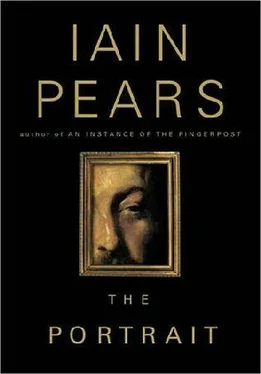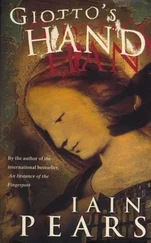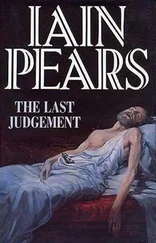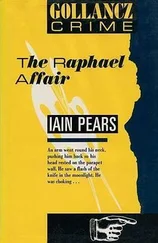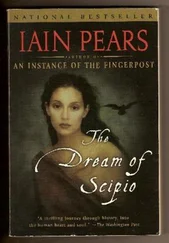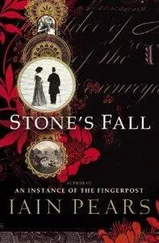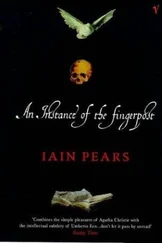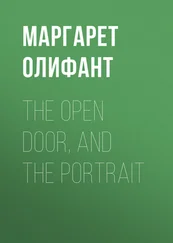It brought back an old fascination of mine that had been lingering in the back of my mind for years. Do you remember those Sunday morning expeditions we used to do together in Paris? I found them so wonderful, getting up early, meeting in a café for some bread and coffee, then off for a day of talk and art. A close friendship, as close as it can be. My education, of more use to me in many ways than any time I spent in school or atelier. We saw Puvis de Chavannes in the Pantheon, and argued long whether his vast canvasses of saints were genius or mediocrity, triumph or disaster. I still haven’t made up my mind, but I have a love for them because they are forever associated with the bliss of friendship and the joy of experience. We had the whole of the Louvre at our disposal, medieval wall paintings, Renaissance architecture, the sculptures of Houdon and Rodin; we saw churches and monuments, art modern and ancient. Studied Italian paintings and German prints together, ate and drank and walked. We sat in parks and dusty squares, walked by rivers and canals until the light faded, and still we went on talking. I remember the way you would stab the air with your finger to make a point as you marched along, the way you collapsed on a park bench and fanned yourself with a guidebook as you finished some wordy peroration about the use of public sculpture. The way you could recite poetry at the drop of a hat in your perfect French to illustrate some painting or panorama. The way you could turn anything into the subject for a lecture.
I came back from these outings exhausted, but unable to sleep, my head spinning with all I’d seen. And, of course, went over everything we had talked about. Had I said something stupid? Of course I had, many times over; so had you, but with such confidence no-one dared call it so. That was one of the things I learned; one of the most important things. But even then I think the seeds of our divergence were germinating; I remember a brief flutter of slight annoyance—swiftly suppressed—when you made some sneering remark about Boucher. Well, alright, not to everyone’s taste, all those silly women dressed up as shepherdesses with those bouffant wigs perched on their heads. But look at the way the man painted! He could do anything; I couldn’t believe it when I first saw them. That didn’t matter to you at all, and maybe you were right. But you didn’t see the man’s sense of humour. Do you think he didn’t know he was making these grand aristocrats look faintly absurd? Didn’t you realise that was the point? No; humour was never your strong point. It was all too serious for you. Playfulness has always been absent in your life.
I remember the trip to Saint-Denis best of all, the great cathedral with the sepulchres of the kings in that grimy industrial suburb. It was one of those revelatory moments that come only rarely in a life, all the more so for being so very unexpected. Particularly Louis XII and his queen, those statues; showing both of them in their full glory, regal and powerful, and underneath as corpses, withered, naked and disgusting. As you are, so were we; as we are, so will you be. No sentimentality or hiding. No black crêpe or fine words to hide the reality. These people were able to confront the inevitable full on, and show that even kings must rot. It is our final destination, and something artists have shied away from for generations. We are young and agile; established and comfortable; dead and decayed. Hope, fear and peace. There are only three ages of man, not seven. I am painting the second now.
My failure with that boy on the beach, the most recent, annoyed me because the sculptors in that cathedral had succeeded. I could not understand it. It was a simple enough task, after all; a still-life composition no more complex than an arrangement of artefacts at Julien’s académie . But I failed; all I managed was a bundle of shapeless rags, a sentimental, incoherent mess. It was little better than the sort of thing I would have knocked out for the Evening Post . “Mystery Death of Boy on Beach.” Two paragraphs, page four, illustrated with a grotesque sketch by myself, printed in two garish colours—three if it was sufficiently horrible.
It festered; I am not used to such setbacks. Normally my technique would have sustained me, and allowed me to produce something tolerable enough to revolt the general public. But I no more wanted something accomplished than I wanted something sanitised and artistic. D’you remember that appalling painting by Wallis in the Tate, The Death of Chatterton ? Pretty young poet lies sprawled in an elegant pose across the bed after taking arsenic. Ha! That’s not what you look like if you swallow arsenic! You’re covered in filth, you stink, you lie crouched on the floor from the agony, your face screwed up, hideously disfigured as the poison eats away your intestines. You don’t look as though you’ve just dropped off for a nap after too many cucumber sandwiches. But he couldn’t paint that. That wouldn’t have made people think sentimental tripe about doomed artists dying before their time. That’s what I wanted to get away from, and not by painting landscapes or the poor enjoying themselves at the music hall. Real death—which is the stuff of life, after all. I know; I did quite a few suicides when I worked for those magazines. And murders and hangings. But it was always just work, and I only ever had about an hour to rush off a sketch, get back down to the office and help set up the copy. “Dreadful Death in Clapham.” “Shocking Murder in Wandsworth.” “Part-time Prostitute Found in River.” I would have been there when they fished poor Jacky out, had I not become a painter.
So, I took a leaf out of Michelangelo’s book and went to study corpses. There’s a morgue at Quiberon, and the doctor in charge has artistic pretensions and no-one to talk to. In exchange for a little scandalous conversation and a few paintings, he gave me free run of the place. Every corpse that came in, I looked at and studied. The more disfigured and decomposed the better. I became quite expert at depicting the effects of maggots, and of water, and of dog bites on tramps left too long in gutters; excellent in putting down in a few strokes of the pencil the beautiful red line that a knife across the throat will make. Of bones showing through green skin, of skulls beginning to surface through the face. The sort of detail even the most scurrilous of London magazines would not touch, let alone a patron of the arts.
But it still wasn’t good enough, and d’you know why? Because they were dead. They had no character, no personality. Obviously not, you say, and I don’t want to stress the obvious. But the only way you can depict the flight of character, of the soul, is if you have known the person in life. The man who sculpted Louis XII must have known him well. The absence of personality wells out of that statue like a great hole; you can know the man by what is no longer there.
* * *
I HOPE YOU NOTICE that I have radically altered my technique since you last saw me. I have done away with those vastly long brushes that used to be my stock in trade. A pity, in some ways, as they looked so good. I remember the photograph that went with the review of my first big show at the Fine Art Society in 1905. I was more proud of the photograph than the reviews, I think, good though they were. Now there, I thought, there is a painter. And it was true. I was a handsome dog, and every inch the artist, standing so proud some three feet from the canvas, with that long thin brush extended before me. A bit like the conductor of an orchestra, forcing my colours to take on the shape and shades I required. Big brush strokes, very Impressionist. But it was all thirty years too late, wasn’t it? We were so proud of ourselves for challenging the establishment, bravely taking on the academicians, banishing the dusty and fusty, the conventional and the staid. But they were already dying on their feet anyway, those old codgers. We didn’t really have to fight; our generation never has. Never will, either; if there is a war now—and people tell me there may be one day—it won’t be us marching along, rifle in hand. We’re too old already. Besides, we were merely imitators, importers of foreign ware into England, with no more originality than the people we so greatly despised. Less, perhaps; you would never have mistaken one of their pictures for a French one; our radicalism consisted of making ourselves copyists.
Читать дальше
Конец ознакомительного отрывка
Купить книгу
